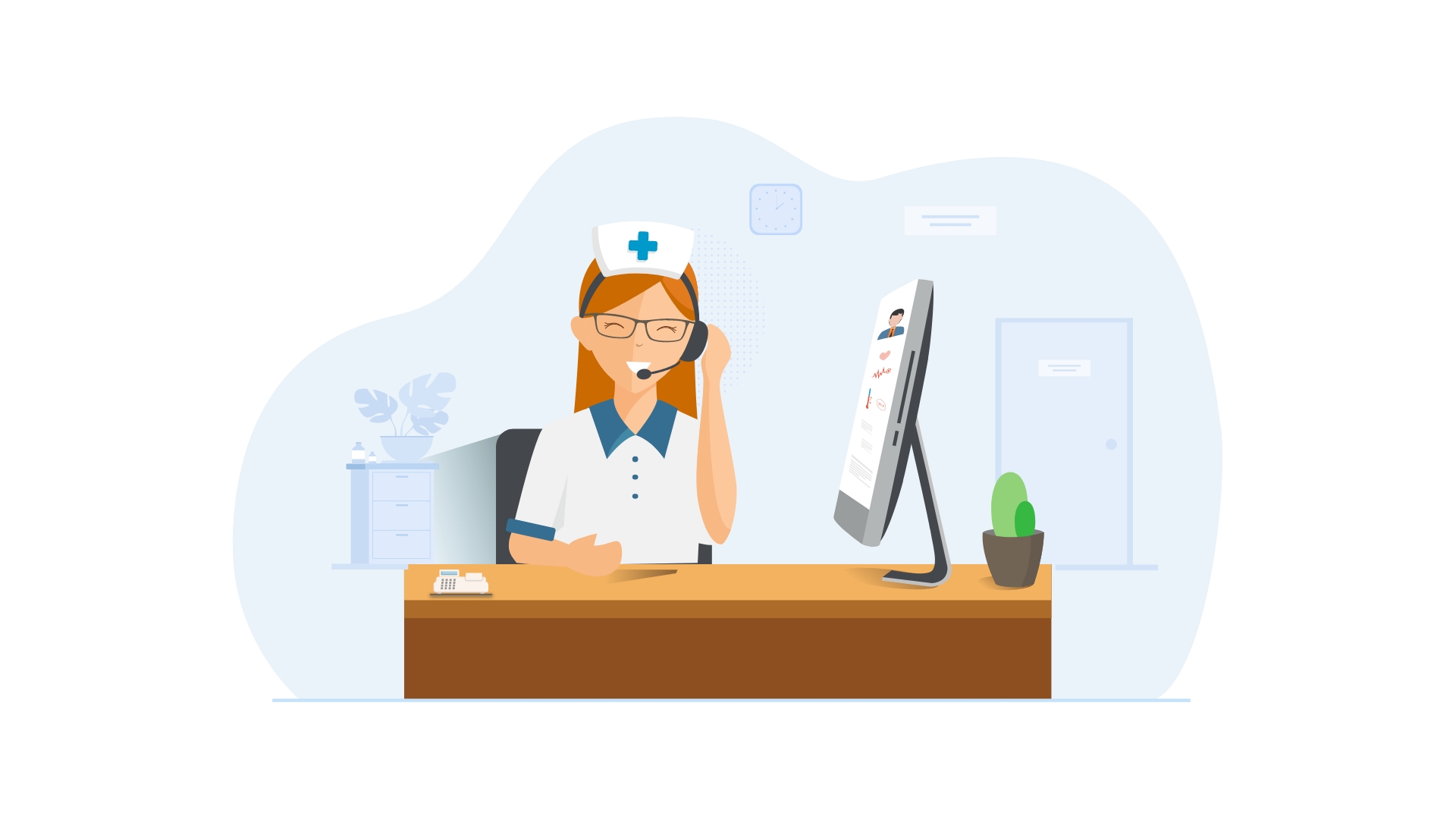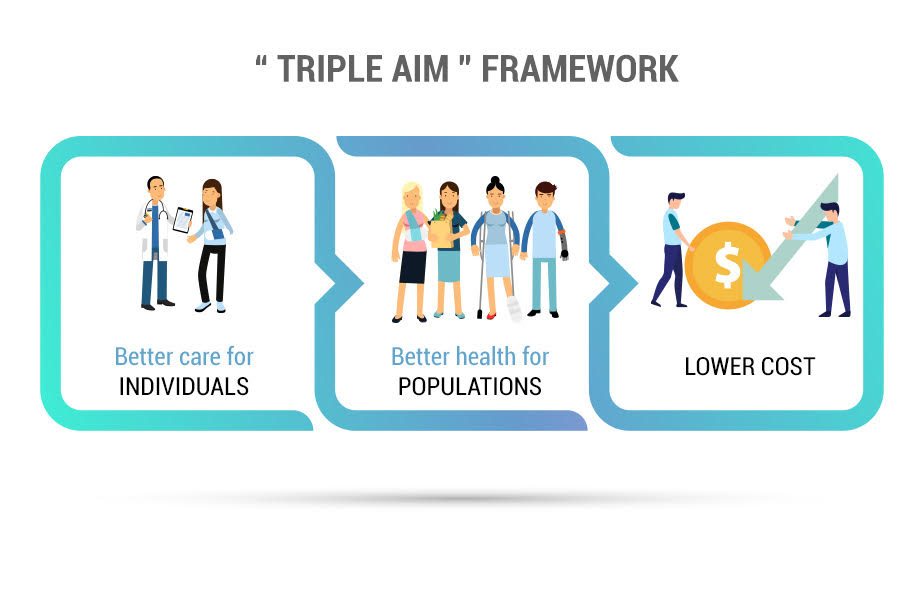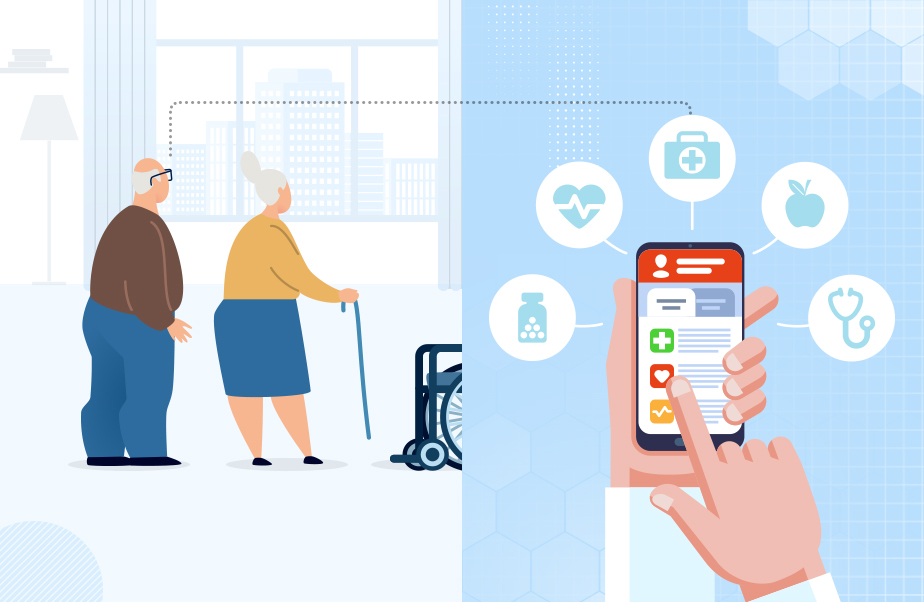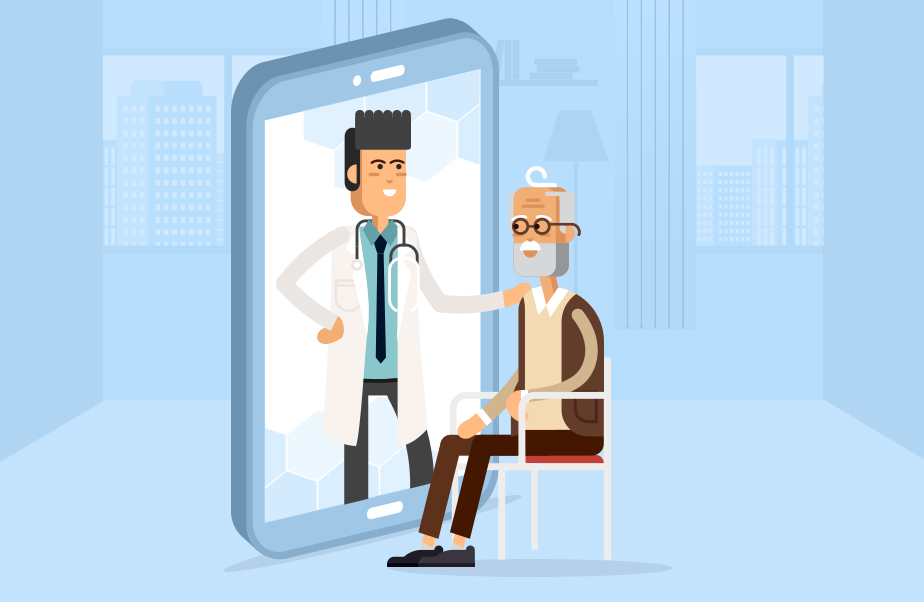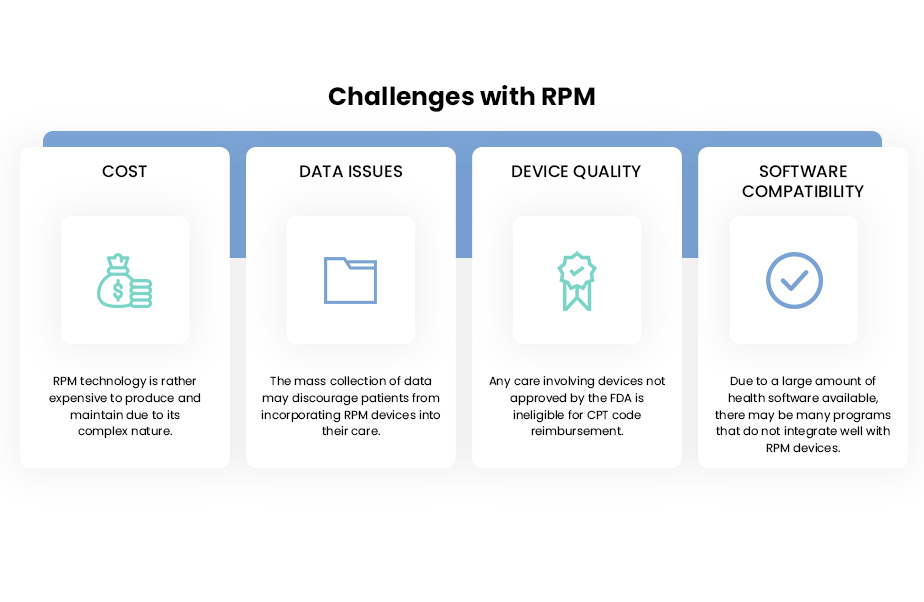The emergence of Remote Physiological Monitoring (RPM) has greatly contributed to the rapid adoption of virtual health services. This practice would not be possible without the work of clinical call center nurses, who observe the condition of patients and accordingly make relevant health decisions.
How does RPM work?
RPM uses technology to track a patient’s vital parameters such as heart rate, blood pressure, weight, etc. This data is recorded by the device and sent to health professionals involved with the patient’s care. The care provider can then make informed decisions on the patient’s health. RPM devices notify the care provider if any abnormal vitals are detected. They also allow patients to receive quality health care from a virtual setting. Effective RPM systems result in higher patient satisfaction while increasing the revenue of care providers.
The role of Call Centers in RPM
Clinical Call Centers play a crucial role in the RPM care journey. RPM devices track a large number of complex metrics relating to the patient’s health. Any data recorded by an RPM device is useless until a qualified health professional is able to analyze it. This is where call center nurses factor into the Care Journey. The RPM device emits data through the provider’s RPM software to the clinical center. Here the data can be received and analyzed by the nurses in charge of the virtual patient care. They can record a patient’s progress and better understand how a patient responds to treatment. If there are any slight deviations from the care plan, nurses can video conference with the patient to identify and address the source of the irregularity. If there are any concerning metrics, the nurses can immediately connect the patient with the necessary professional.
How RPM help Call Center Nurses
Call Center Nurses may be in charge of monitoring hundreds of patients in a virtual manner. Without a Remote Monitoring option, nurses need to manually contact individual patients. RPM devices can connect with these patients on a daily basis, without constant human interaction. These devices can collect the data of hundreds of patients and send these results to the call center in just a few minutes. RPM also allows patients to track their health from the comfort of their homes-meaning providers are able to turn their attention to their most at-need patients.
RPM and the COVID-19 Pandemic
The COVID-19 pandemic has heightened the importance of virtual care services like RPM. The pandemic has greatly decreased the healthcare industry’s focus on combating non-COVID related ailments. However, providers with existing RPM mechanisms are benefiting from the ability to monitor health through a virtual platform. In addition, patients who suffer from chronic conditions are still able to receive daily updates on their health.
Characteristics of a functional RPM platform
The following characteristics can be found among all effective RPM systems:
- Reduce Emergency Situations: RPM devices can track any abnormal patterns and immediately report them to a health center. Emergency situations are of increased danger to the health of chronic care patients. RPM devices can provide a timely intervention and allow the patient to receive care before an emergency situation unfolds.
- Reduce Readmissions: An efficient RPM platform can prevent patients from being readmitted for their existing conditions. By tracking the trajectory of the patient’s health, nurses can notify patients when they deviate from their care plan. This helps patients stay on top of their treatment while decreasing the probability that they are readmitted.
- Increased Patient Involvement: The interactive nature of RPM gives patients the opportunity to be more involved in their care. This means patients are more informed on their condition and the treatment plan referred to them. Ultimately a more involved patient increases the likelihood of recovery.
The increased importance of virtual care has allowed RPM to emerge as a powerful tool in care delivery. The proper use of these technologies greatly enhances the convenience and effectiveness of health care.
Schedule a demo and learn how HealthViewX is transforming the Care Journey for both patients and providers!

